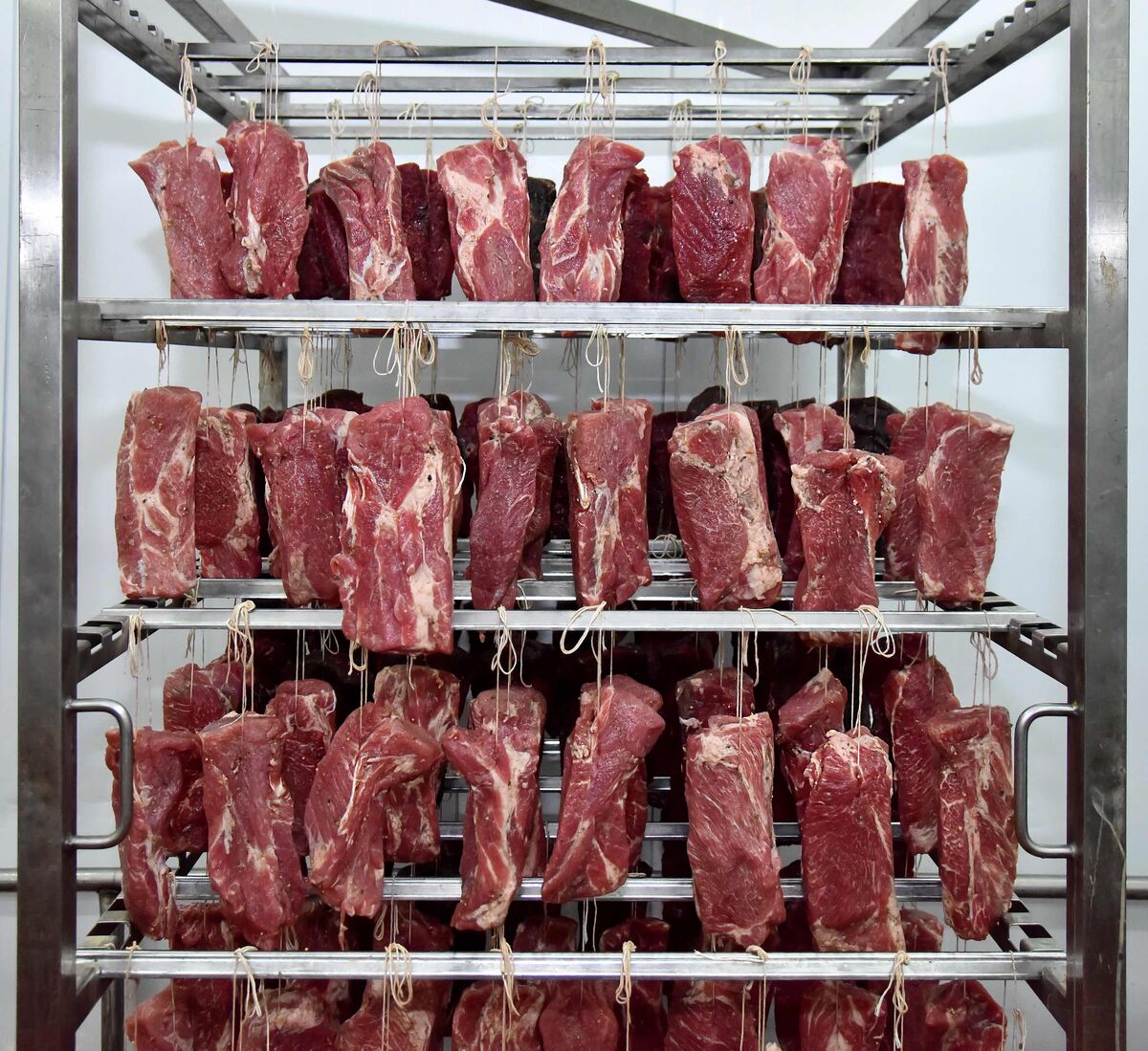

Articles
How To Store Meat After Opening
Modified: February 28, 2024
Learn the best ways to store meat after opening in this informative article. Discover helpful tips and advice for keeping your meat fresh and safe for consumption.
(Many of the links in this article redirect to a specific reviewed product. Your purchase of these products through affiliate links helps to generate commission for Storables.com, at no extra cost. Learn more)
Introduction
Proper meat storage after opening is crucial for maintaining food safety and preserving the quality of the meat. Failure to store meat correctly can lead to potential health risks, including foodborne illnesses. This article will highlight the importance of proper meat storage practices and the potential risks associated with improper storage.
When meat is exposed to air, it becomes susceptible to bacterial growth, which can result in spoilage and contamination. This is especially true after the initial packaging has been opened. Therefore, it is essential to take proper measures to store meat safely and prevent these risks.
By following the recommended guidelines for meat storage, you can ensure that your meat remains fresh, flavorful, and most importantly, safe for consumption. Let’s explore the factors you should consider when storing meat after opening.
Key Takeaways:
- Proper meat storage is essential for food safety and quality. Maintain temperature control, reseal packaging, and avoid common mistakes to ensure safe and flavorful meals.
- Avoid cross-contamination, use airtight containers, and follow expiration dates. Proper meat storage not only ensures food safety but also maximizes the longevity of your meat.
Read more: How To Store Chicken Breast After Opening
Factors to Consider
When it comes to storing meat after opening, there are several important factors to consider. These factors play a crucial role in maintaining the quality and safety of the meat. Let’s explore them in detail below:
1. Temperature control: Temperature control is vital for preventing bacterial growth and maintaining the freshness of the meat. The optimal temperature for refrigerating meat is between 32°F and 40°F (0°C to 4°C). Freezing meat, on the other hand, should be done at 0°F (-18°C) or below.
2. Package resealing: After opening the original packaging of the meat, it is important to properly reseal it to prevent exposure to air and moisture. This can be done by using airtight containers or by rewrapping the meat tightly in plastic wrap or aluminum foil.
3. Storage location: The storage location of the meat is equally important. In the refrigerator, raw meat should be stored on the bottom shelf to prevent any juices from dripping onto other foods. In the freezer, it is recommended to store meat on the upper shelves where the temperature remains more consistent.
4. Duration of storage: The length of time meat can be safely stored after opening varies depending on the type and cut of meat. It is essential to adhere to the expiration dates provided on the packaging as a general guideline. If there are no expiration dates available, it is recommended to consume the meat within 1-3 days for refrigerated storage and 2-6 months for frozen storage.
Refrigerator Storage
Refrigeration plays a crucial role in maintaining the freshness and safety of meat after opening. Here are some key factors to consider when storing meat in the refrigerator:
1. Importance of refrigeration: Refrigeration slows down the growth of bacteria, which helps to maintain the quality and safety of the meat. Storing meat at room temperature allows bacteria to thrive, increasing the risk of spoilage and foodborne illnesses.
2. Recommended temperature range: The optimal temperature range for refrigerating meat is between 32°F and 40°F (0°C to 4°C). This temperature range helps to inhibit bacterial growth and prolongs the shelf life of the meat.
3. Tips for proper wrapping and packaging: Properly wrapping and packaging meat is essential to prevent contamination and maintain its quality. Here are some tips to follow:
– Use plastic wrap, aluminum foil, or freezer paper to wrap the meat tightly.
– Ensure that the wrapping is airtight to prevent air and moisture from getting in.
– Place the wrapped meat in a sealed container or airtight bag to further protect it.
– Label the package with the type of meat and the date of storage for easy identification.
By following these tips, you can extend the shelf life of your meat and ensure that it remains safe to consume. Remember to regularly check the temperature of your refrigerator using a thermometer to ensure it is within the recommended range.
Freezer Storage
Freezing meat is an effective method to extend its shelf life and maintain its quality. Here are some important considerations for proper freezer storage:
1. When freezing is recommended: Freezing meat is recommended when you don’t plan to consume it within a few days of purchasing or opening the packaging. Freezing meat helps to halt bacterial growth and preserves its freshness for longer periods.
2. Optimal freezer temperature: The ideal temperature for your freezer is 0°F (-18°C) or below. This low temperature ensures that the meat remains frozen, preventing the growth of microbes and maintaining its quality.
3. Packaging tips for freezer storage: Proper packaging is crucial to maintain the quality and prevent freezer burn. Here are some tips to follow:
– Wrap the meat tightly in airtight packaging, such as heavy-duty freezer bags or vacuum-sealed bags.
– Remove as much air as possible from the packaging to minimize the risk of freezer burn.
– Ensure that the packaging is intact and any leaks or openings are sealed properly.
– Consider dividing larger portions of meat into smaller portions before freezing to make it easier to thaw and help preserve the quality.
By following these packaging tips and storing meat at the optimal freezer temperature, you can maximize the shelf life of your meat and maintain its flavor and texture when thawed for future use. Remember to label the packages with the type of meat and the date of freezing for easy identification.
Store opened meat in the refrigerator at 40°F or below. Use airtight containers or resealable bags to prevent cross-contamination and spoilage. Use within 3-4 days or freeze for longer storage.
Tips for Safe Storage
Proper storage techniques are essential to ensure the safety and quality of meat after opening. Here are some crucial tips to follow:
1. Avoiding cross-contamination: Cross-contamination occurs when harmful bacteria from raw meat come into contact with other foods. To prevent this, it is important to keep raw and cooked meats separated in the refrigerator or freezer. Store them on different shelves or in separate containers to minimize the risk of cross-contamination.
2. Proper handling of raw and cooked meats: Always handle raw meats with clean hands and separate utensils to prevent the spread of bacteria. Cooked meats should be stored separately from raw meats to avoid potential contamination. Use separate cutting boards, plates, and utensils for raw and cooked meats to maintain hygiene.
3. Using airtight containers or freezer bags: When storing meat, it is crucial to use airtight containers or freezer bags to prevent exposure to air and moisture. This helps to maintain the quality of the meat and prevents the growth of bacteria. Make sure the containers or bags are properly sealed to create a barrier against contaminants.
4. Labeling and dating items: Properly labeling and dating meat packages is essential for easy identification and tracking of expiration dates. Clearly label each package with the type of meat and the date it was stored. This helps you keep track of the freshness of the meat and prevents the consumption of expired or spoiled items.
By following these tips, you can ensure the safety and quality of your stored meat. Proper storage practices not only help to prevent foodborne illnesses but also preserve the flavor and texture of the meat for a longer period of time.
Read more: How To Store Ground Beef After Opening
Common Mistakes to Avoid
When it comes to storing meat after opening, there are some common mistakes that should be avoided to ensure the safety and quality of the meat. Let’s explore these mistakes in detail:
1. Leaving meat exposed to air: Leaving meat exposed to air can lead to dehydration and spoilage. It also increases the risk of bacterial growth. Always wrap meat tightly in airtight packaging to protect it from air and moisture.
2. Storing meat in the refrigerator door: The refrigerator door is the warmest part of the refrigerator. Storing meat in the door exposes it to temperature fluctuations, compromising its safety and quality. It is recommended to store meat on the bottom shelf of the refrigerator where the temperature is more consistent.
3. Ignoring expiration dates: Expiration dates are placed on meat packaging for a reason. Ignoring these dates can pose serious health risks. Consume the meat before the expiration date or check for signs of spoilage, such as an off odor or slimy texture.
4. Overcrowding the refrigerator or freezer: Overcrowding the refrigerator or freezer can restrict airflow and prevent proper temperature distribution. This can result in uneven cooling or freezing, adversely affecting the quality and safety of the meat. Allow enough space around the meat for proper air circulation.
By avoiding these common mistakes, you can ensure the longevity, safety, and quality of your stored meat. By practicing proper storage techniques, you can enjoy delicious and safe meals while minimizing the risk of foodborne illnesses.
Conclusion
Properly storing meat after opening is crucial for maintaining its safety, quality, and flavor. By following the key tips outlined in this article, you can ensure that your meat stays fresh and safe for consumption. Here’s a recap of the key tips:
– Maintain proper temperature control by refrigerating meat between 32°F and 40°F (0°C to 4°C) and freezing it at 0°F (-18°C) or below.
– Reseal meat packaging tightly to prevent exposure to air and moisture.
– Store meat on the bottom shelf of the refrigerator and in the upper shelves of the freezer for optimal temperature distribution.
– Be mindful of the duration of storage, adhering to expiration dates or general guidelines for refrigerated and frozen meat.
– Avoid cross-contamination by separating raw and cooked meats and using separate utensils and cutting boards.
– Utilize airtight containers or freezer bags to protect meat from air and moisture during storage.
– Label and date meat packages for easy identification and to keep track of freshness.
It is essential to follow proper storage guidelines to minimize the risk of foodborne illnesses and maintain the quality of the meat. By practicing safe storage techniques, you can enjoy flavorful and safe meals while avoiding potential health risks associated with improper storage practices.
Remember, proper meat storage not only ensures food safety but also minimizes food waste and maximizes the longevity of your meat. Take the necessary steps to store your meat correctly, and you’ll have peace of mind knowing that you are serving safe and delicious meals to your family and friends.
So, let’s prioritize proper meat storage and embrace the importance of following these guidelines for a healthier and more enjoyable dining experience.
Frequently Asked Questions about How To Store Meat After Opening
Was this page helpful?
At Storables.com, we guarantee accurate and reliable information. Our content, validated by Expert Board Contributors, is crafted following stringent Editorial Policies. We're committed to providing you with well-researched, expert-backed insights for all your informational needs.
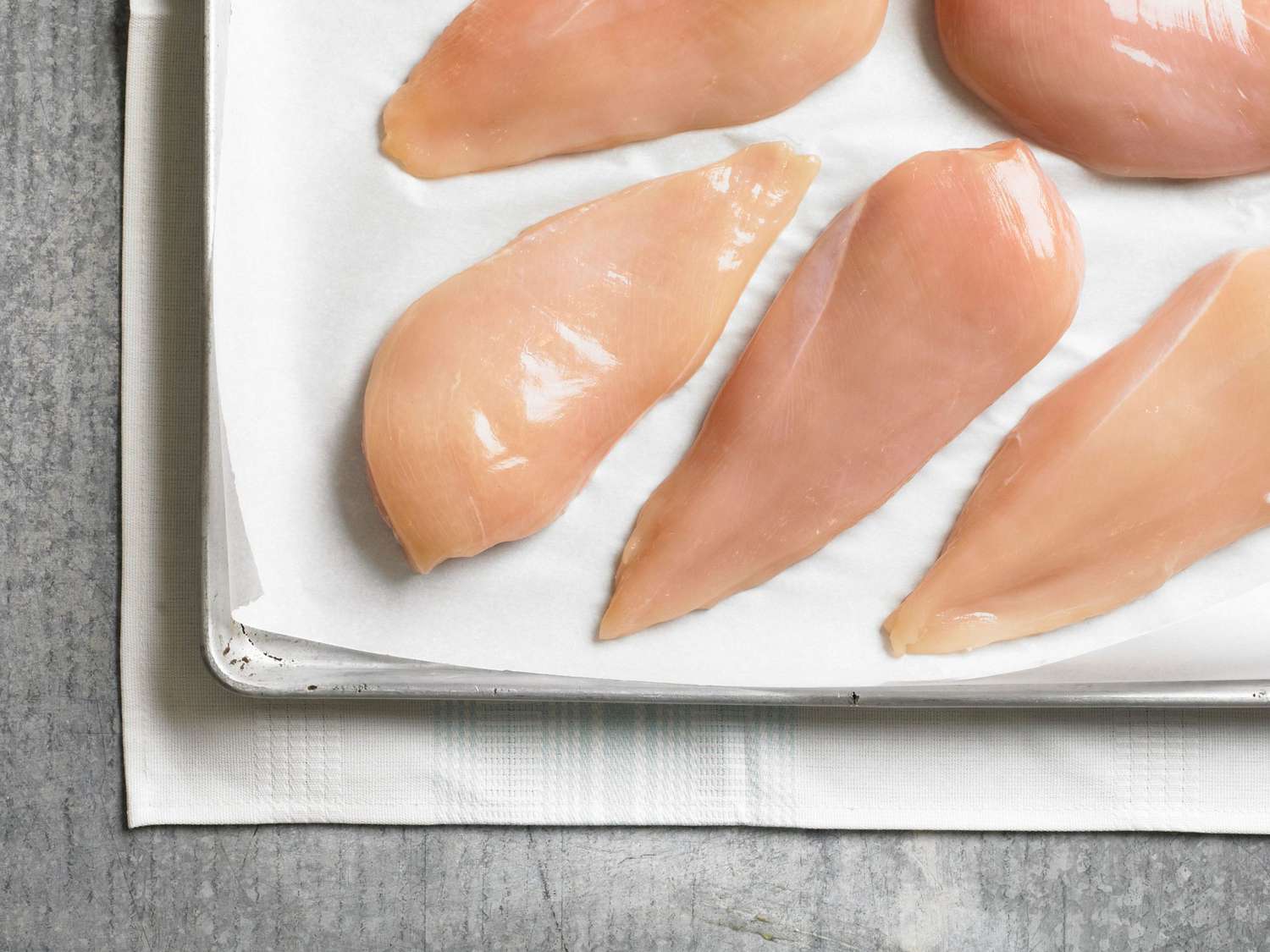
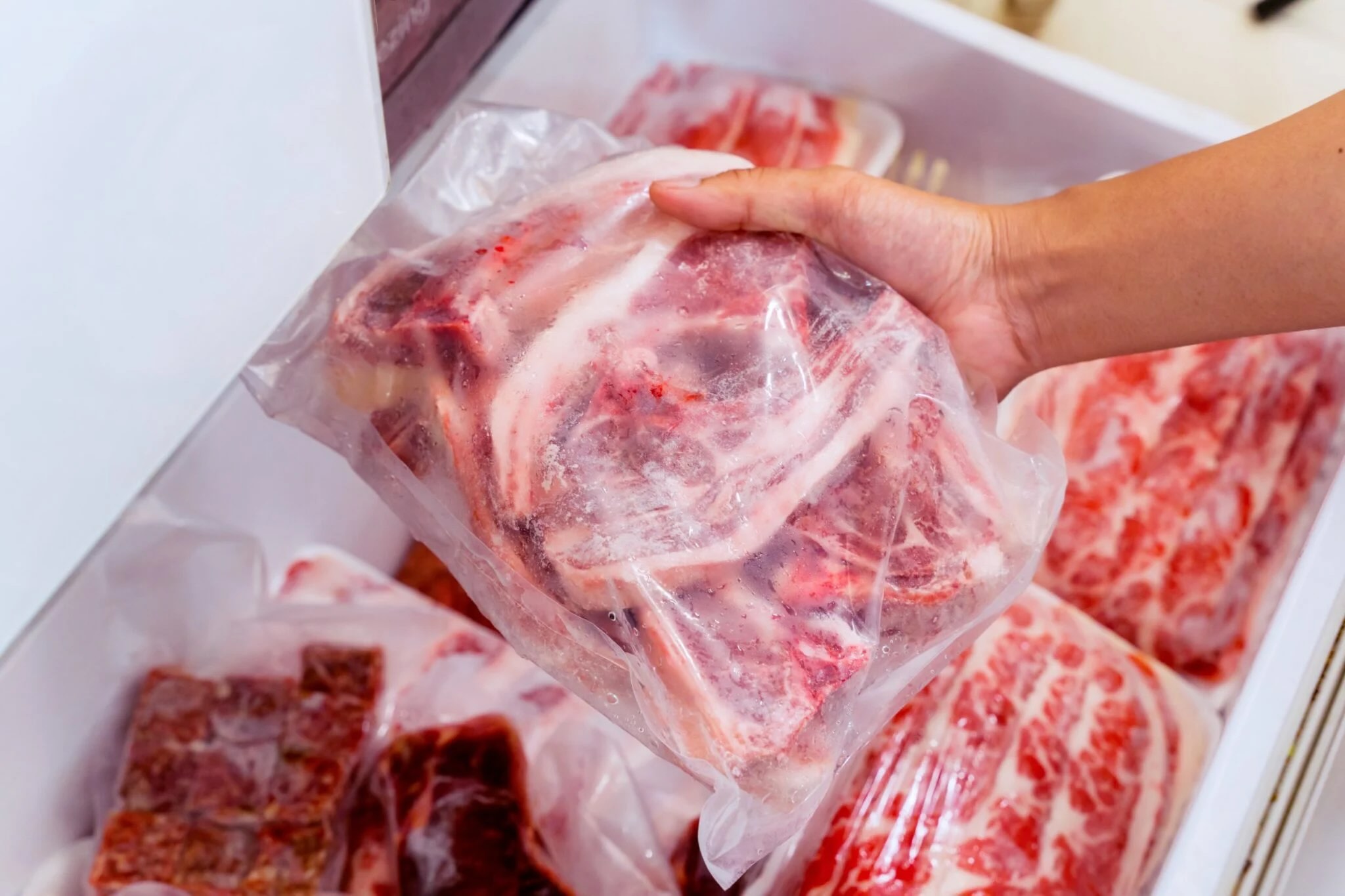

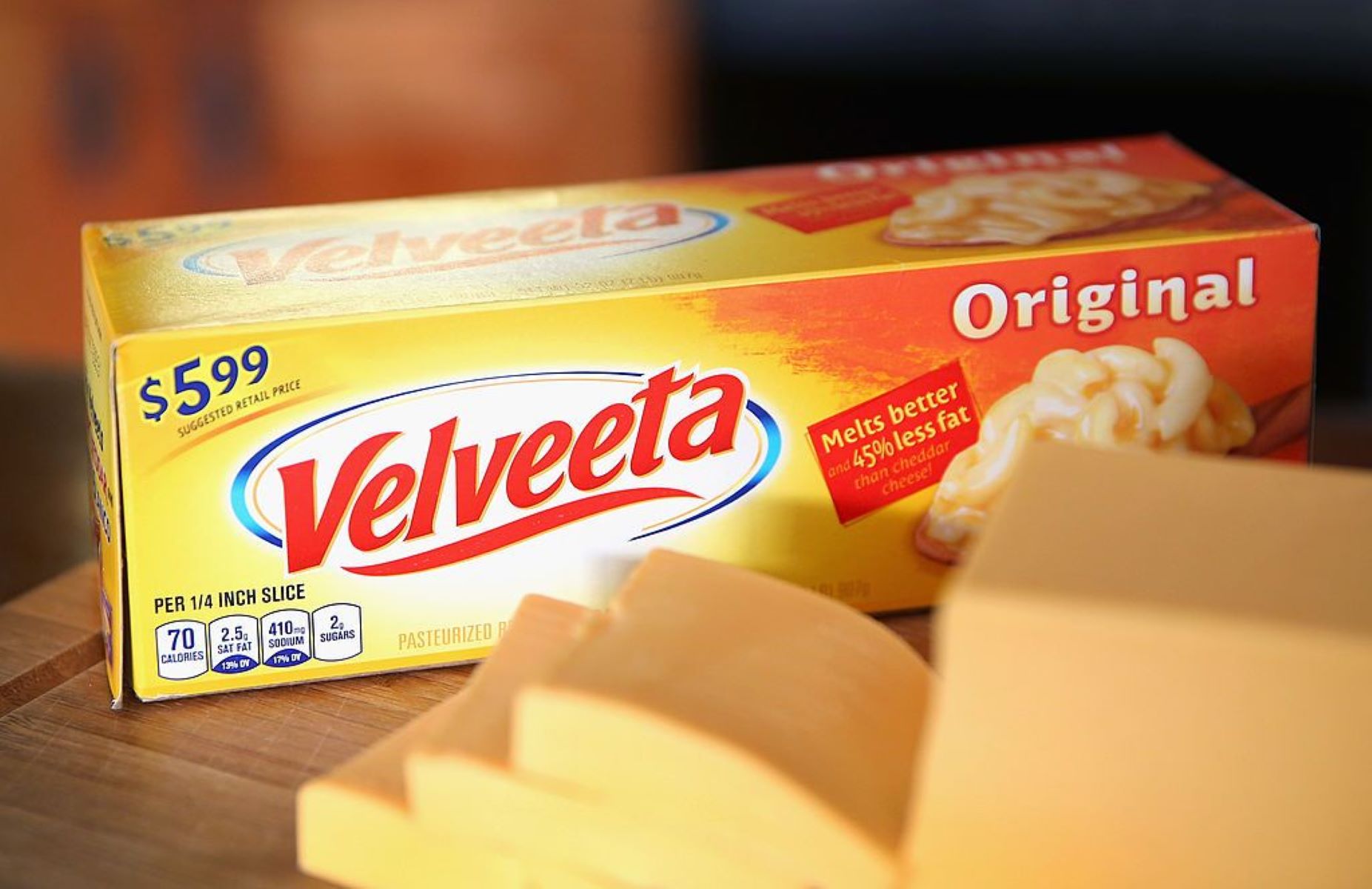

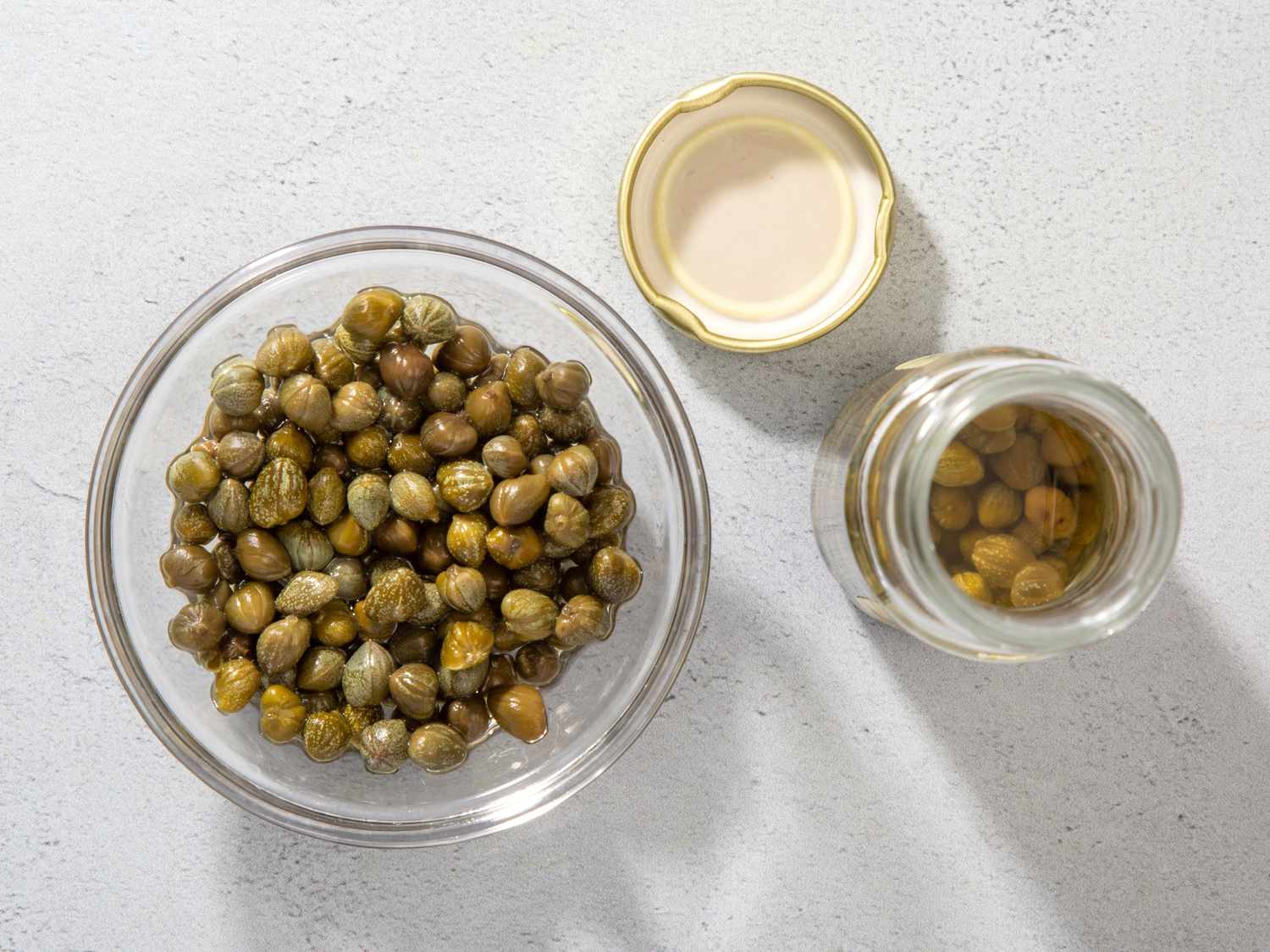



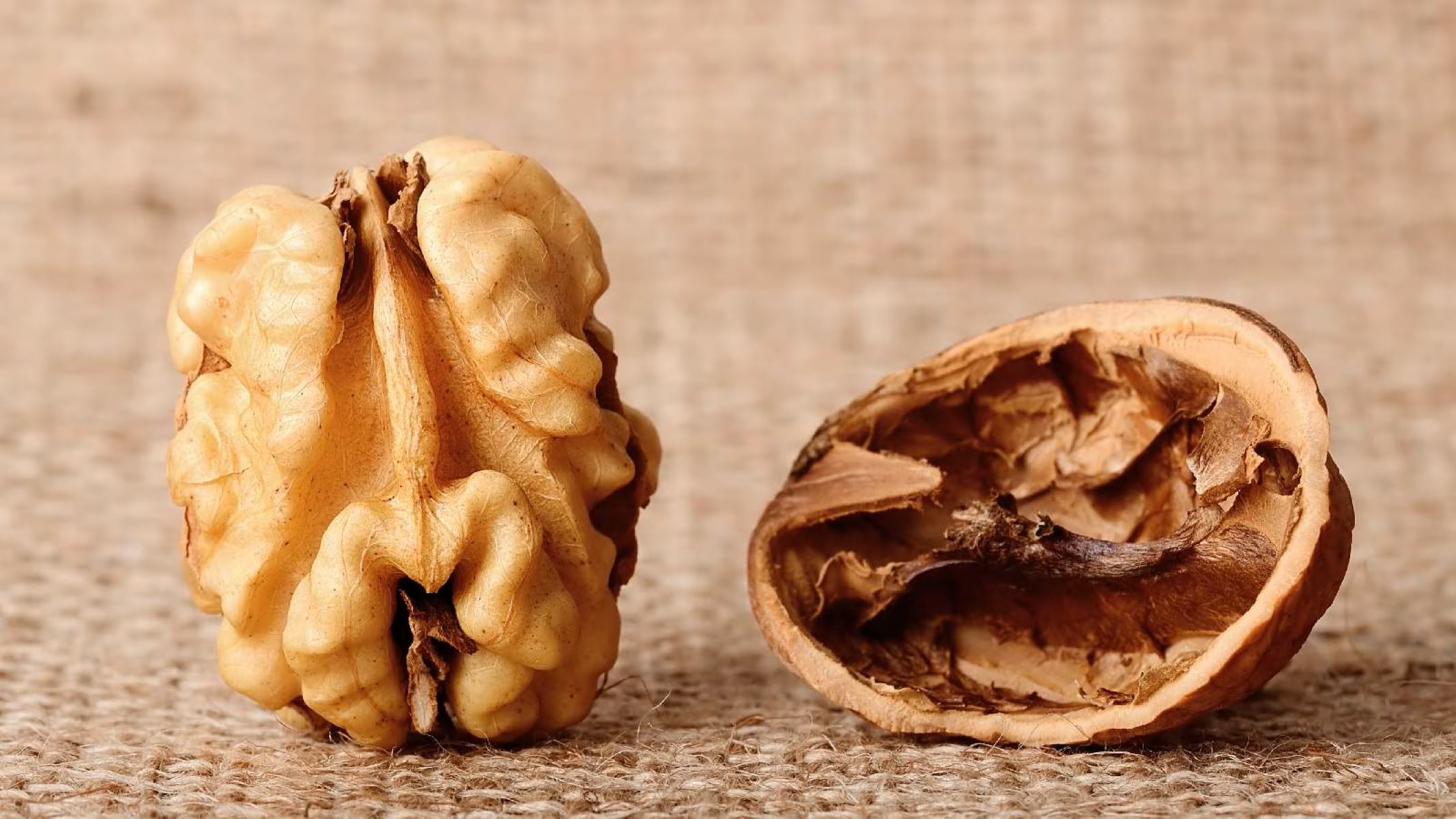

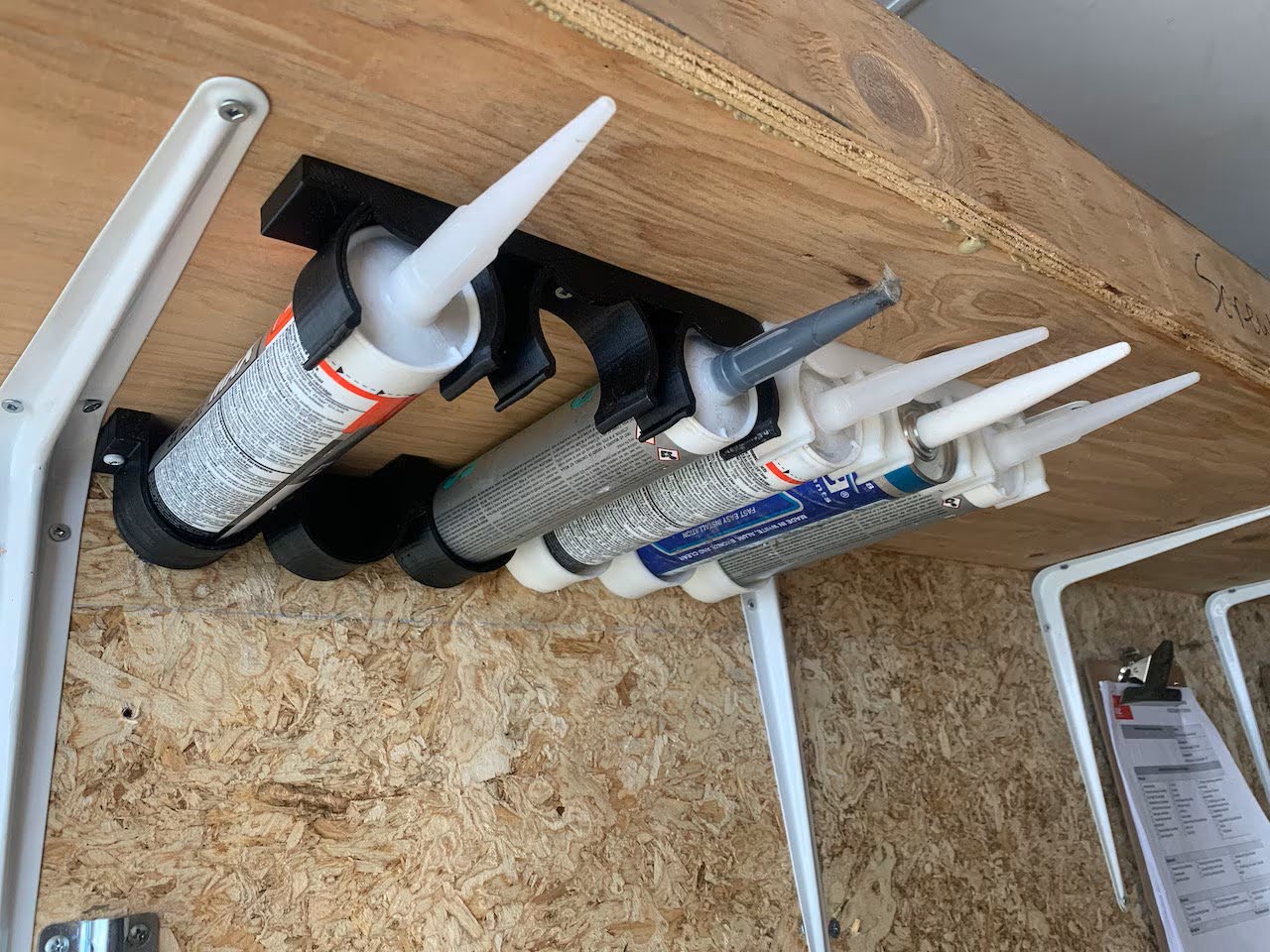

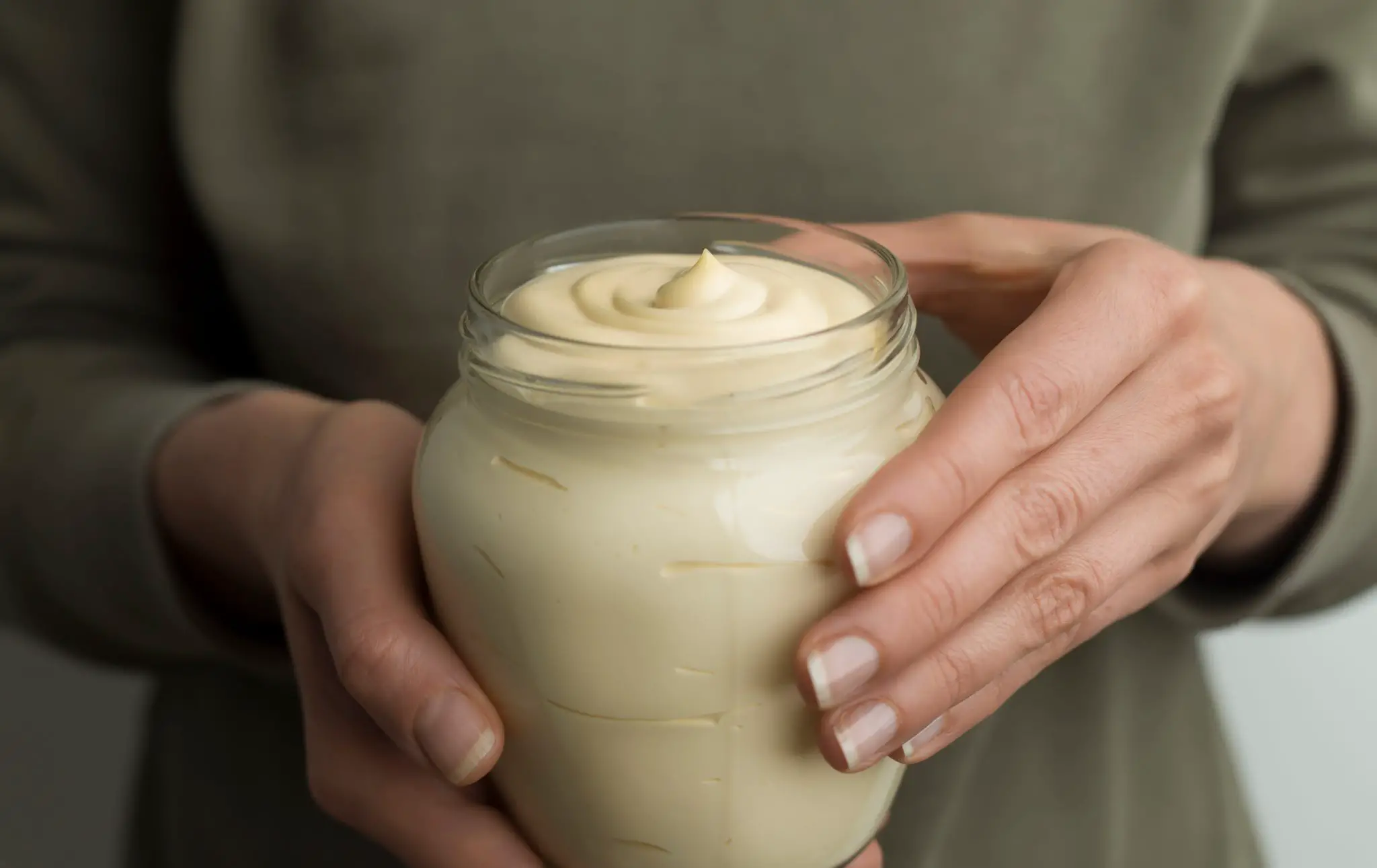

0 thoughts on “How To Store Meat After Opening”